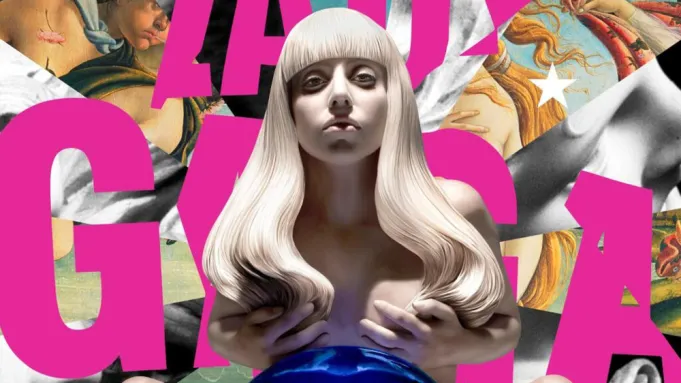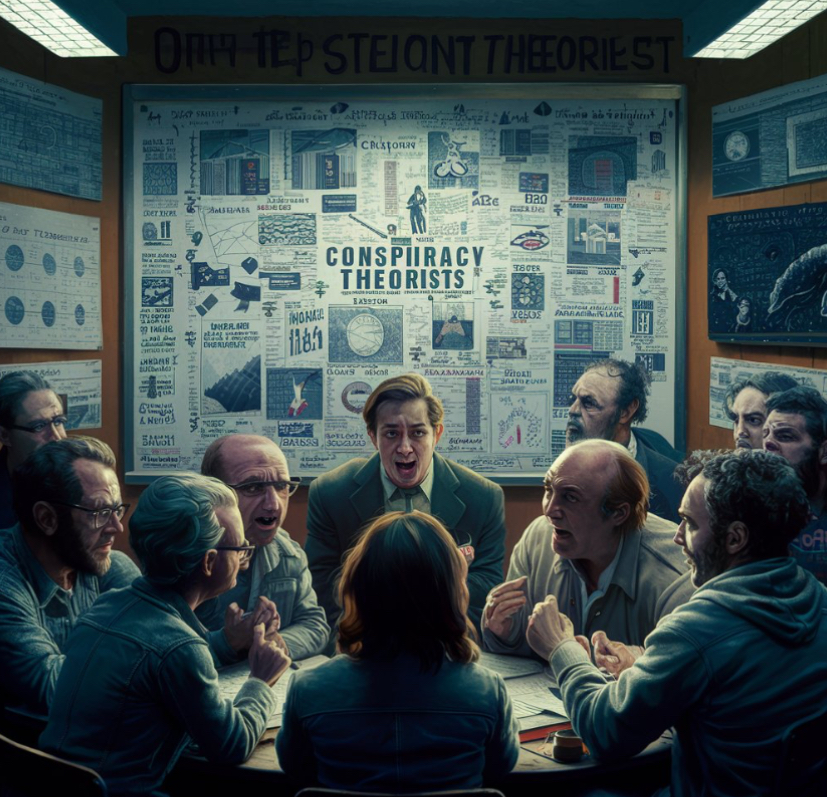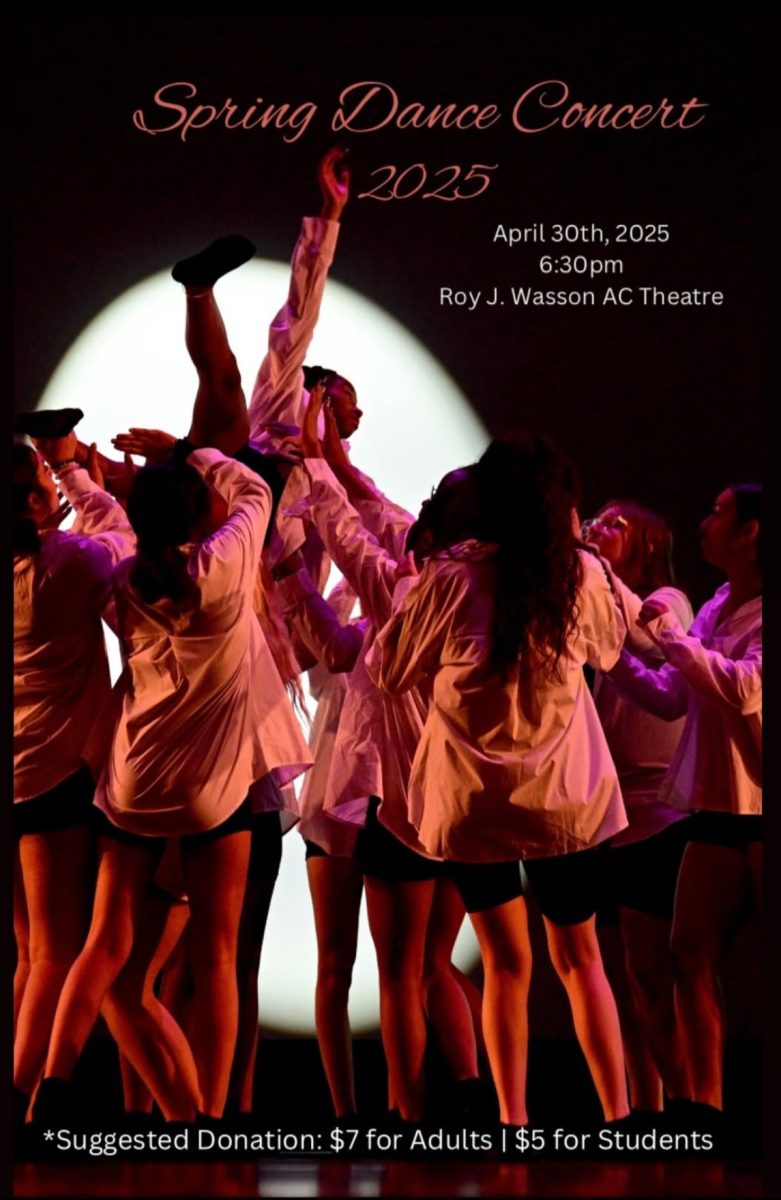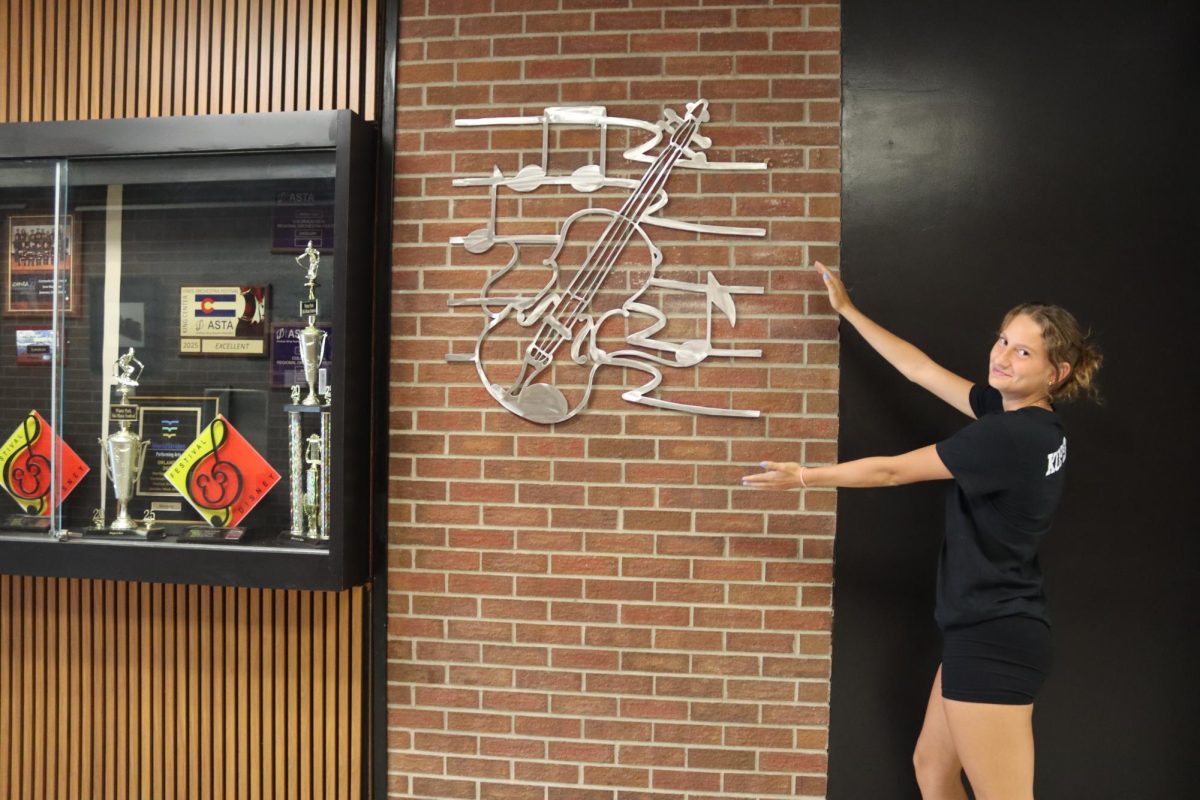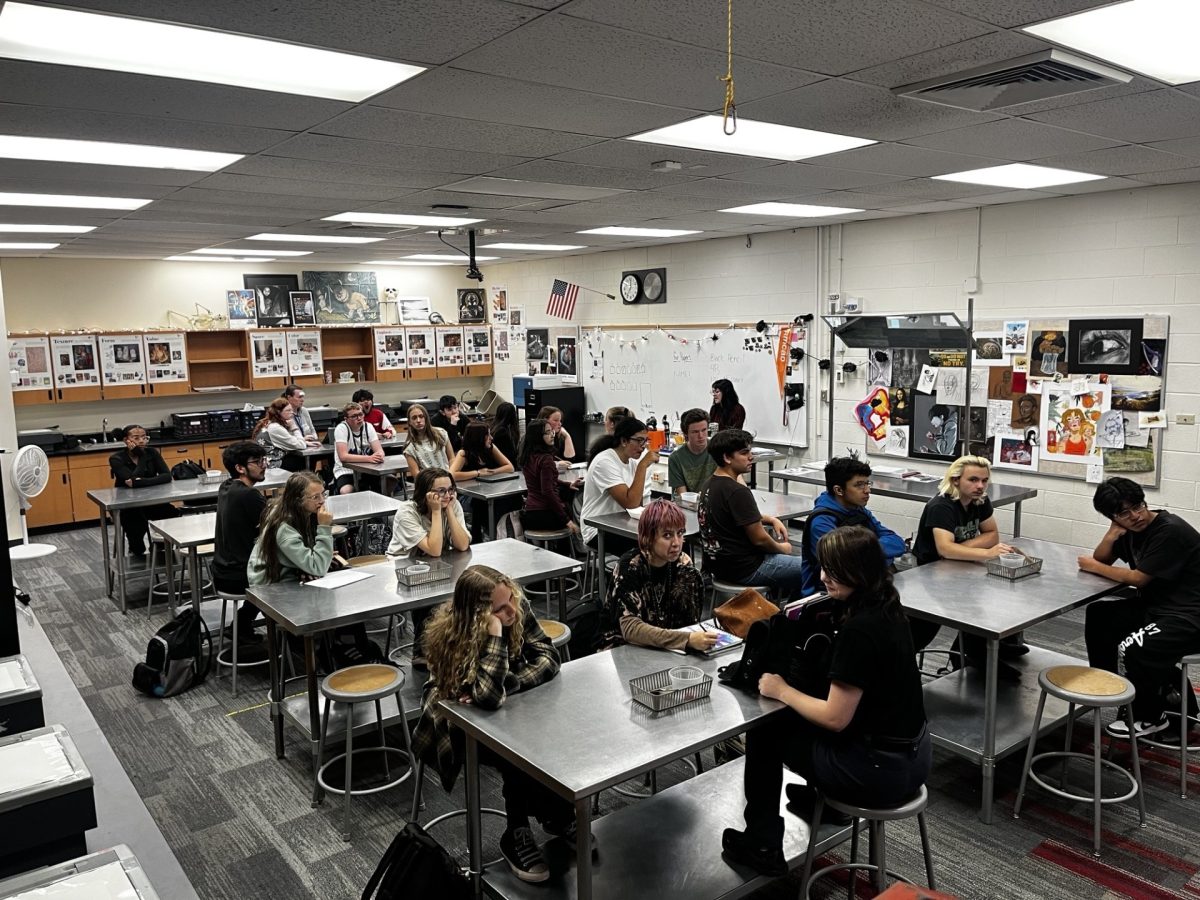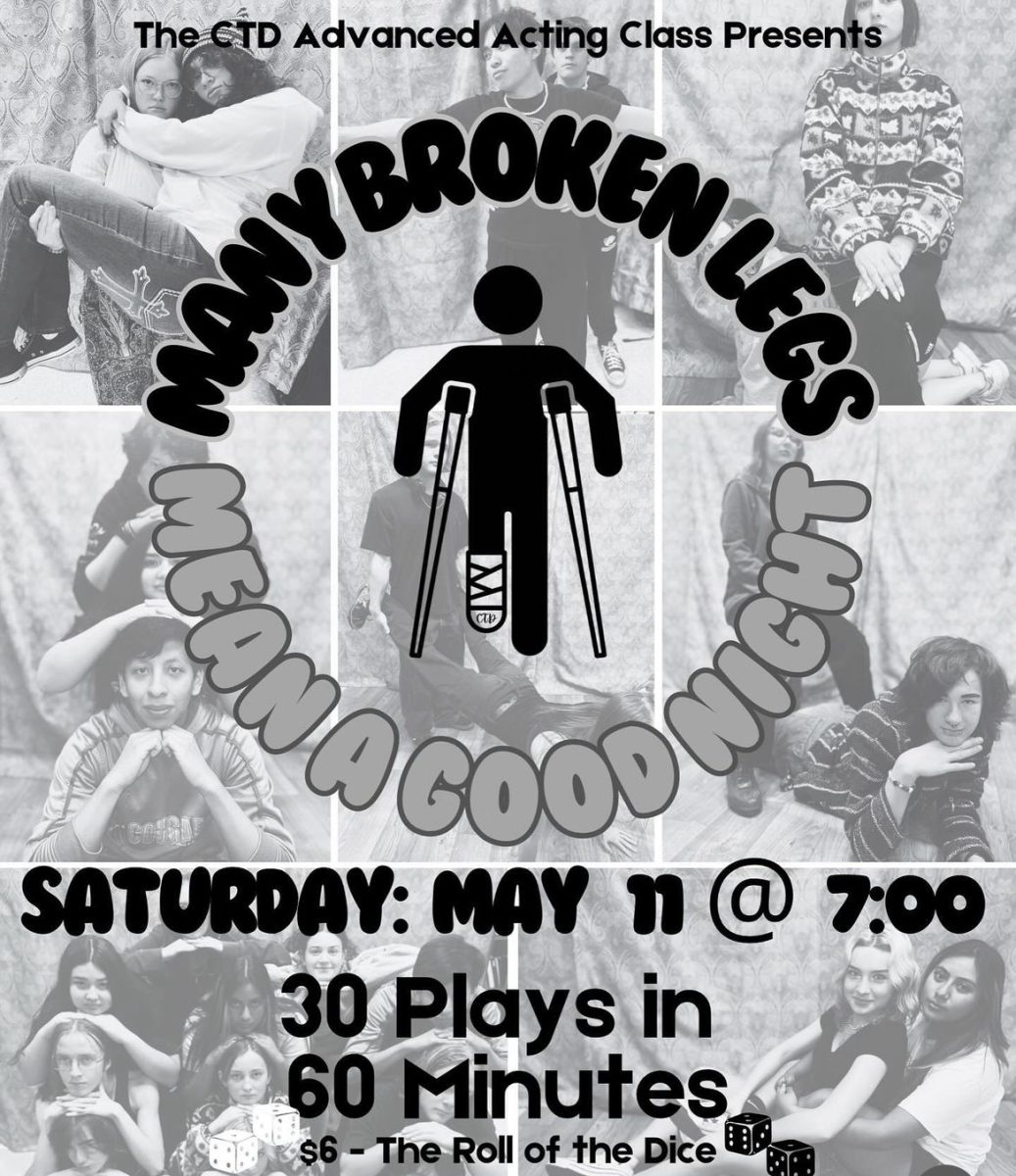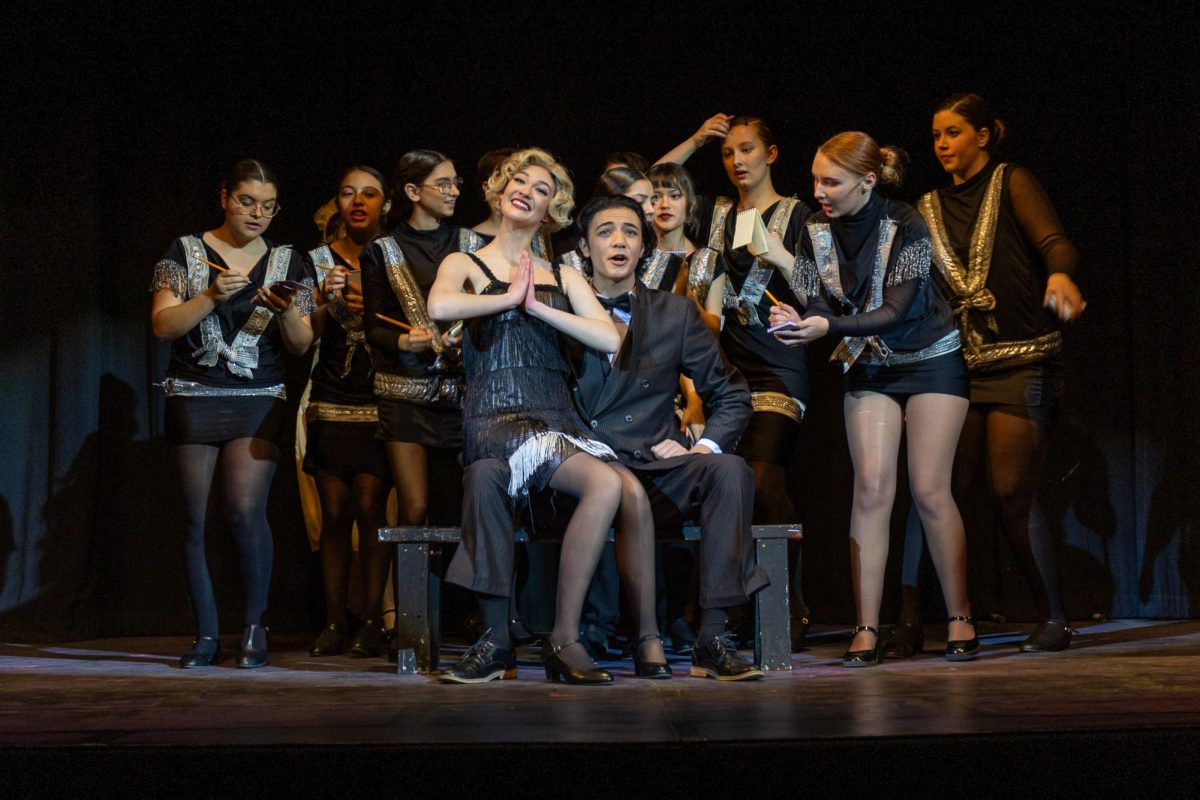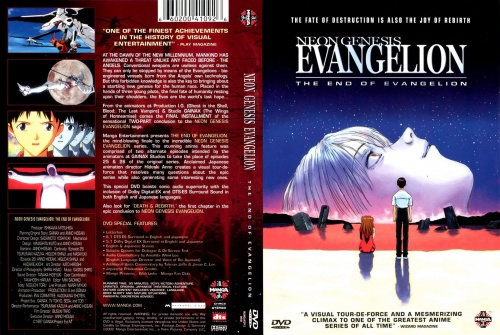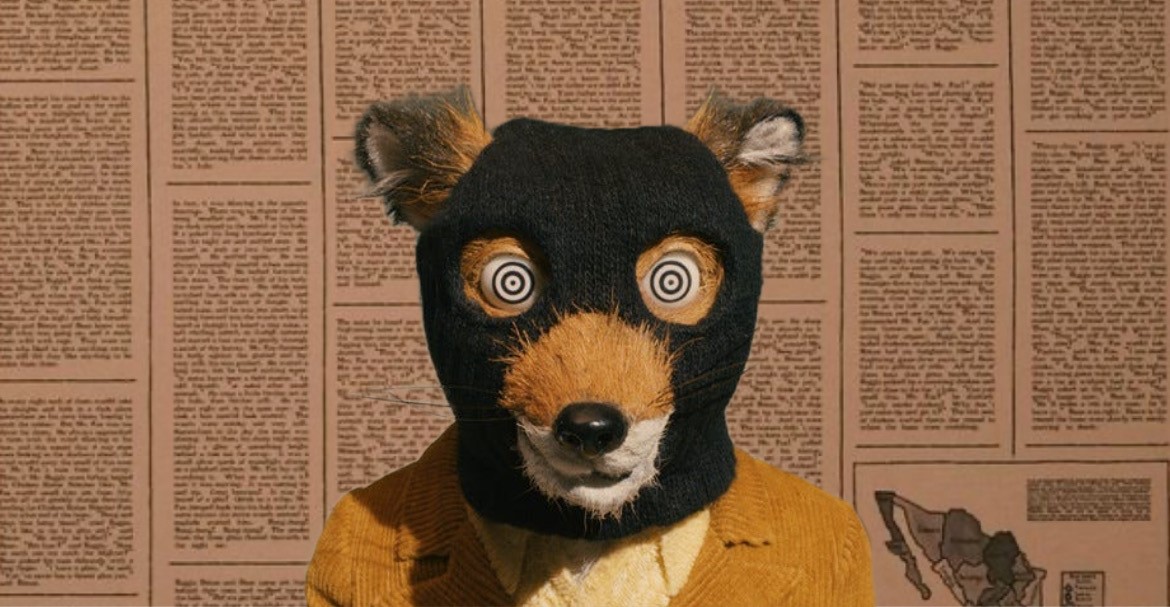If you have ever grown bored of pop music, chances are you haven’t listened to ARTPOP. Since its release in 2013, Lady Gaga’s aforementioned third studio album has divided fans and critics alike, with many agreeing that her messy celebration of creativity is best left behind. But, if there’s one thing I love, it’s art that makes people talk, and coincidentally, here I am talking about it.
Featuring artwork by Jeff Koons, known for his pieces critiquing consumerism in fine art, ARTPOP contains fourteen genre-bending tracks, including lead single “Applause” which charted fourth on the Billboard Hot 100 in 2013. The unconventional album was accompanied by the equally unconventional ArtRave: The Artpop Ball, which Gaga described as something “no one else had ever made before.”
“My Artpop could mean anything,” Gaga coos on the album’s title track, and ArtRave’s oddness did not disappoint. During the tour Gaga was vomited on by performance artist Millie Brown, debuted the world’s first flying dress, and performed behind an inflatable garden. Despite the remarkable theatrics (I wish I could have been there), ArtRave was only moderately successful compared to Lady Gaga’s previous tours, and ARTPOP itself was commercially treading water.
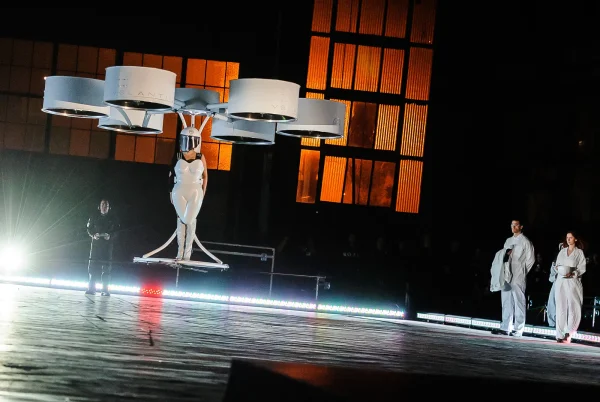
Shortly after the album’s unveiling, an author for Rolling Stone magazine dubbed ARTPOP a “bizarre album of squelchy disco.” The Guardian called her career a “sinking ship,” marking the album as “no instant classic” and “not-unpleasant filler.” Worse, NPR labeled it “fizzy,” “derivative,” and unfortunate, wondering if Gaga could have gotten lost in a dark club filled with uninspiringly uninspired EDM, and escaped with a cacophony of “predictable four-measure hooks.” Charming indeed.
But I’d argue that these reviewers missed the point: the goal of the album was not to be conventionally successful, its goal was to exist as art, more specifically, to exist as a work of Camp. Most notably defined in Susan Sontag’s essay entitled “Notes on ‘Camp,’” Sontag designates the sensibility as “not in terms of beauty but in terms of the degree of artifice, of stylization,” as demonstrated by recognizably “campy” works such as Rocky Horror Picture Show, Barbie, just about anything by Alexander McQueen, and of course ARTPOP.
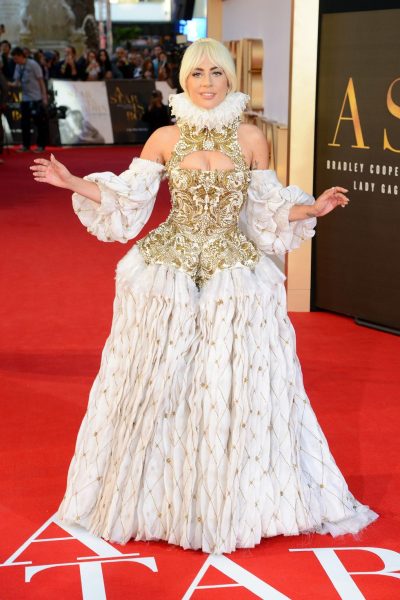
Better identified by its characteristics than textbook definitions, Camp is enigmatic by design, sheltering queer artists for decades by way of its secrecy. Thus, when judged by those outside the queer community, it can read as overexaggerated, indulgent, or simply in bad taste, which to be fair, are all entirely valid sentiments. Sontag describes this phenomenon as “a good taste of bad taste;” where mainstream art typically favors the serious, Camp favors the ridiculous. (Think Gaga’s 2019 Met Gala look honoring the art form.)
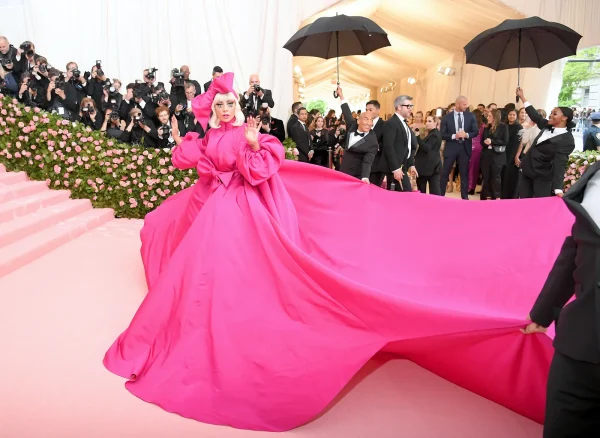
“Gaga is Camp,” said Devon Bignell, Class of 2024, “she uses Camp as a really pure expression of herself,” he continued, describing how if one tries too hard or takes oneself too seriously, Camp cannot function. For this reason, Camp is incredibly human, authentic, and perhaps even hedonistic in its sensibilities. With this extravagance in mind, ARTPOP, as a work of Camp, cannot be considered through a conventional lens, and as such, would be judged as “bad art” by the most serious of critics.
Through the lens of Camp, however, Gaga’s youthfully ignorant lyrics read as not only completely intentional, but critique the very industry that demonized her art. ARTPOP makes a caricature out of what is deemed buyable, prioritizing style over substance, at least on a surface level. Therein lies the genius of the album: by only appealing to those who accept the challenge of attempting to understand it, who according to Devon are “gays and art weirdos,” Gaga creates a space where innovators and outcasts can truly be appreciated.
The album also comments on the commercial reality that considers these outcasts as such in the first place, and how the loss of genuine art has been exacerbated by the introduction of new technology. Gaga’s vocals sound robotic, guiding the listener through the human experience, as if its intricacies are long forgotten. Only the glow of manufactured tech can facilitate pain, joy, and desire. We feast upon this inauthenticity we call pop, for we lack the ability to be authentic ourselves.
And with the monster we’ve created in the palms of our hands we “live for the applause,” for nothing else is quite as amusing. The very same artifice once called “derivative” is now the means of interaction, its colorless void mercilessly isolating. Our pain soothed only by distraction, we search for escape from the boredom; “free my mind,” Gaga commands, and so we hate her all the more, for she reminds us that we are indeed trapped in a prison of our own making.
Before I get too philosophical, I must applaud the album just for being fun. Enjoyment is the essence of Camp, and thus Camp should first be enjoyed before it is analyzed. Not everything has to mean something; sometimes things are just cool.
So yes, ARTPOP is polarizing, ARTPOP is kitsch, ARTPOP is Camp, but most importantly, ARTPOP is. And thus, we are. As listeners we are allowed to enjoy the immense possibilities of life in technicolor. From the highs of “Gypsy” to the lows of “Dope” to the hilarity of “MANiCURE” we exist. In our own bodies we experience all that has been stolen from us, for we are the creators of the filth that will one day be lauded for its ingenuity. ARTPOP is important: in a world where reality seems increasingly distant, I find its flaws quite beautiful, and I hope that one day I can feel the same of my own.

